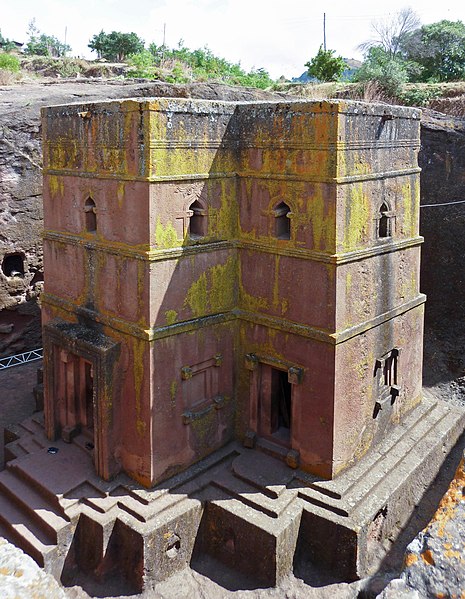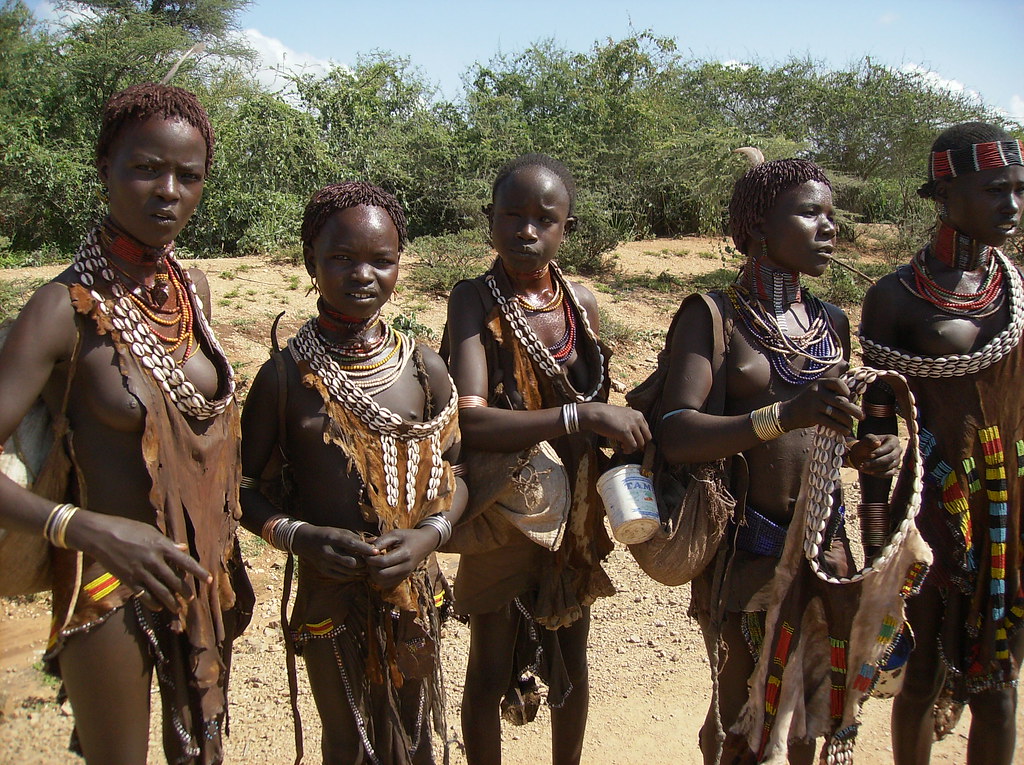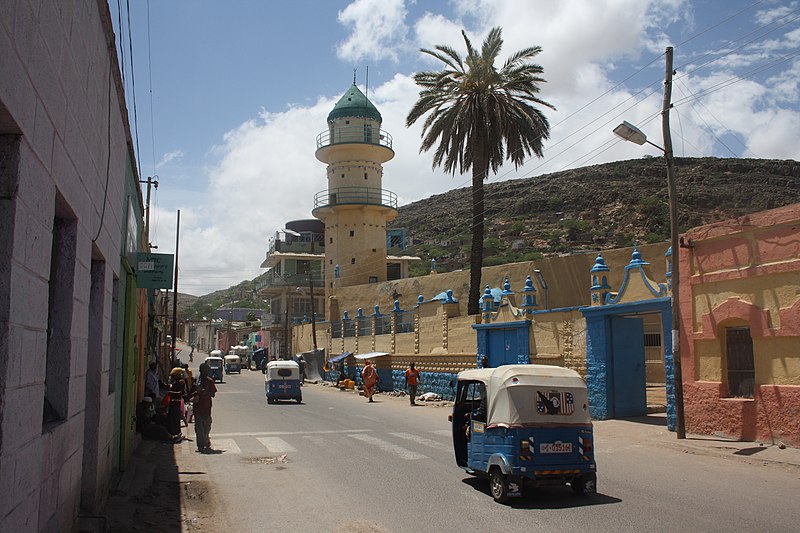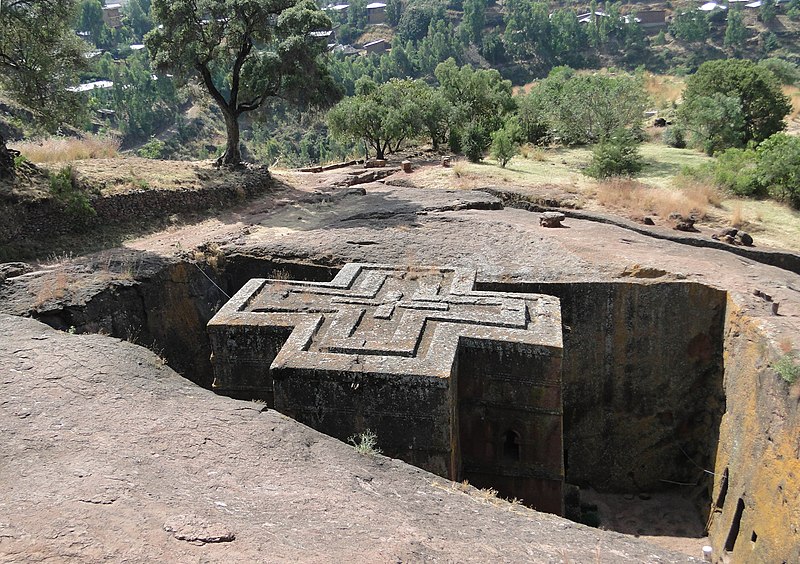Difference between revisions of "Adopting from Ethiopia"
(→Hague Convention Information) |
m (→SOURCE) |
||
| (27 intermediate revisions by 2 users not shown) | |||
| Line 1: | Line 1: | ||
| − | + | {{#eimage:https://www.cia.gov/library/publications/the-world-factbook/graphics/flags/large/et-lgflag.gif|410x579px|thumb|'''The official flag.'''<BR/>Source: cia.gov.}} | |
| − | + | {{#eimage:https://www.cia.gov/library/publications/the-world-factbook/graphics/maps/et-map.gif|410x579px|thumb|'''Map.'''<BR/>Source: cia.gov.}} | |
| + | {{#eimage:https://www.cia.gov/library/publications/the-world-factbook/graphics/locator/afr/et_large_locator.gif|410x579px|thumb|'''Map.'''<BR/>Source: cia.gov.}} | ||
| − | + | {{#eimage:http://upload.wikimedia.org/wikipedia/commons/thumb/6/64/Semien_Mountains_13.jpg/800px-Semien_Mountains_13.jpg|410x579px|thumb|'''The Semien Mountains.'''<BR/>Source: Wikipedia.org.}} | |
| + | {{#eimage:http://upload.wikimedia.org/wikipedia/commons/thumb/0/0b/Bete_Giyorgis_03.jpg/465px-Bete_Giyorgis_03.jpg|410x579px|thumb|'''The Bete Giyorgis (Church of St. George), Lalibela, a UNESCO World Heritage site.'''<BR/>Source: Wikipedia.org.}} | ||
| − | + | {{#eimage:http://farm6.staticflickr.com/5510/10387534363_05ecb60da3_b.jpg|410x579px|thumb|'''Local women in Turmi.'''<BR/>Source: flickr.com.}} | |
| + | {{#eimage:http://upload.wikimedia.org/wikipedia/commons/thumb/1/1e/MosqueDireDawa.JPG/800px-MosqueDireDawa.JPG|410x579px|thumb|'''A mosque and tuk tuk in Dire Dawa, [[Ethiopia]].'''<BR/>Source: Wikipedia.org.}} | ||
| − | + | {{#eimage:http://upload.wikimedia.org/wikipedia/commons/thumb/d/de/Gondar_Fasiladas_Bath_Timket.jpg/656px-Gondar_Fasiladas_Bath_Timket.jpg|410x579px|thumb|'''Crowds gather at the Fasiladas' bath in Gondar, [[Ethiopia]], to celebrate Timket.'''<BR/>Source: Wikipedia.org.}} | |
| + | {{#eimage:http://farm7.staticflickr.com/6081/6058710203_7c7afd061c_b.jpg|410x579px|thumb|'''Ethiopian farmers children in the fields near Guzara Castle, Gondar region.'''<BR/>Source: flickr.com.}} | ||
| − | ''' | + | {{#eimage:http://upload.wikimedia.org/wikipedia/commons/thumb/a/a4/Bete_Giyorgis_01.jpg/800px-Bete_Giyorgis_01.jpg|410x579px|thumb|'''Bete Giyorgis (Church of St. George), Lalibela.'''<BR/>Source: wikiedia.org.}} |
| − | + | '''Notice: As of July 14, 2014, all individuals and agencies facilitating [[international]] adoptions must be in compliance with the Intercountry [[Universal Accreditation Act]].''' | |
| − | + | The information contained on this website is for educational purposes only and is not intended to be a substitute for professional legal advice. Always seek the advice of a licensed and qualified professional. While the content of this website is frequently updated, information changes rapidly and therefore, some information may be out of date, and/or contain inaccuracies, omissions or typographical errors. | |
| − | = | + | =About Ethiopia= |
| − | + | Unique among African countries, the ancient Ethiopian monarchy maintained its freedom from colonial rule with the exception of a short-lived Italian occupation from 1936-41. To learn more please read [[About Ethiopia (The Country)]]. To learn about the Ethiopian anthem and its history, please read [[Ethiopian National Anthem]]. To learn more about Ethiopian facts please read [[Ethiopia Travel Fact Sheet]]. | |
| − | |||
| − | = | + | =Ethiopia Adoption Alert= |
| − | == | + | There are multiple [[adoption]] alerts for [[Ethiopia]]. To learn more about these alerts please read [[Ethiopia Adoption Alert]]. |
| + | |||
| + | |||
| + | =Ethiopian Adoption Background= | ||
| + | |||
| + | In recent years, [[Ethiopia]] has become a popular country for [[International Adoption|international adoption]]. Between 1999 and 2013, Americans have [[adopted]] 14,084 children from [[Ethiopia]]. Beginning in March 2010, however, [[adoption]] numbers dropped off significantly as [[Ethiopia]] placed greater restrictions on [[adoption]] by foreigners. To learn more, please read [[Ethiopian Adoption Background]]. | ||
| + | |||
| + | |||
| + | =Hague Convention Information= | ||
| + | |||
| + | [[Ethiopia]] is not party to the Hague Convention on Protection of Children and Co-operation in Respect of Intercountry [[Adoption]]([http://adoption.state.gov/hague_convention/overview.php Hague Adoption Convention]). To learn more, please read about [[Ethiopia and the Hague Convention]]. | ||
| + | |||
| + | |||
| + | =Who Can Adopt= | ||
| + | |||
| + | In addition to U.S. immigration requirements, you must meet multiple requirements in order to [[adopt]] a child from [[Ethiopia]]. To learn about these requirements please read [[Who Can Adopt from Ethiopia]]. | ||
=Who Can Be Adopted= | =Who Can Be Adopted= | ||
| + | |||
| + | In addition to U.S. immigration requirements, [[Ethiopia]] has specific requirements that a child must meet in order to be eligible for [[adoption]]. To learn more please read [[Who Can Be Adopted from Ethiopia]]. | ||
=How to Adopt= | =How to Adopt= | ||
| + | The process for adopting a child from [[Ethiopia]] generally includes the following steps: | ||
| − | + | # Choose an [[Adoption Service Provider|adoption service provider]] | |
| + | # Apply to be found eligible to [[adopt]] | ||
| + | # Be matched with a child | ||
| + | # File the Form [[I-600]] with U.S. Citizenship and Immigration Services to initiate the Pre-[[Adoption]] Immigration Review prior to filing an [[adoption]] case with the courts | ||
| + | # [[Adopt]] the child in [[Ethiopia]] | ||
| + | # Receive final approval of Form [[I-600]] | ||
| + | # Obtain a Visa and bring your child home | ||
| + | |||
| + | To learn more about this process please read [[How to Adopt from Ethiopia]]. | ||
| − | |||
=Traveling Abroad= | =Traveling Abroad= | ||
| + | |||
| + | To learn more please read [[Traveling Abroad in Ethiopia]] | ||
=After Adoption= | =After Adoption= | ||
| + | |||
| + | To learn more about post [[adoption]] requirements and resources please read [[After Adoption in Ethiopia]]. | ||
==SOURCE== | ==SOURCE== | ||
| − | '''Intercountry Adoption, Bureau of Consular Affairs. U.S. Department of State Country Information''' | + | '''Intercountry [[Adoption]], Bureau of Consular Affairs. U.S. Department of State Country Information''' adoption.state.gov/country_information/country_specific_info.php?country-select=ethiopia |
| + | |||
| + | [[Category: International Adoption]] | ||
Latest revision as of 04:35, 18 February 2018
Notice: As of July 14, 2014, all individuals and agencies facilitating international adoptions must be in compliance with the Intercountry Universal Accreditation Act.
The information contained on this website is for educational purposes only and is not intended to be a substitute for professional legal advice. Always seek the advice of a licensed and qualified professional. While the content of this website is frequently updated, information changes rapidly and therefore, some information may be out of date, and/or contain inaccuracies, omissions or typographical errors.
Contents
About Ethiopia
Unique among African countries, the ancient Ethiopian monarchy maintained its freedom from colonial rule with the exception of a short-lived Italian occupation from 1936-41. To learn more please read About Ethiopia (The Country). To learn about the Ethiopian anthem and its history, please read Ethiopian National Anthem. To learn more about Ethiopian facts please read Ethiopia Travel Fact Sheet.
Ethiopia Adoption Alert
There are multiple adoption alerts for Ethiopia. To learn more about these alerts please read Ethiopia Adoption Alert.
Ethiopian Adoption Background
In recent years, Ethiopia has become a popular country for international adoption. Between 1999 and 2013, Americans have adopted 14,084 children from Ethiopia. Beginning in March 2010, however, adoption numbers dropped off significantly as Ethiopia placed greater restrictions on adoption by foreigners. To learn more, please read Ethiopian Adoption Background.
Hague Convention Information
Ethiopia is not party to the Hague Convention on Protection of Children and Co-operation in Respect of Intercountry Adoption(Hague Adoption Convention). To learn more, please read about Ethiopia and the Hague Convention.
Who Can Adopt
In addition to U.S. immigration requirements, you must meet multiple requirements in order to adopt a child from Ethiopia. To learn about these requirements please read Who Can Adopt from Ethiopia.
Who Can Be Adopted
In addition to U.S. immigration requirements, Ethiopia has specific requirements that a child must meet in order to be eligible for adoption. To learn more please read Who Can Be Adopted from Ethiopia.
How to Adopt
The process for adopting a child from Ethiopia generally includes the following steps:
- Choose an adoption service provider
- Apply to be found eligible to adopt
- Be matched with a child
- File the Form I-600 with U.S. Citizenship and Immigration Services to initiate the Pre-Adoption Immigration Review prior to filing an adoption case with the courts
- Adopt the child in Ethiopia
- Receive final approval of Form I-600
- Obtain a Visa and bring your child home
To learn more about this process please read How to Adopt from Ethiopia.
Traveling Abroad
To learn more please read Traveling Abroad in Ethiopia
After Adoption
To learn more about post adoption requirements and resources please read After Adoption in Ethiopia.
SOURCE
Intercountry Adoption, Bureau of Consular Affairs. U.S. Department of State Country Information adoption.state.gov/country_information/country_specific_info.php?country-select=ethiopia









